Will A Milky Way Supernova Be Visible From Earth In The Next 50 Years?
MessageToEagle.com – Sometime during the next 50 years, a supernova occurring in our home galaxy will be visible from Earth. Astronomers have calculated the odds to be nearly 100 percent that such a supernova would be visible to telescopes in the form of infrared radiation.
A supernova is the explosion of a star. It is the largest explosion that takes place in space. There are many ancient records of how our ancestors watched these powerful star explosions.
On July 4, 1054 AD, a supernova that created the Crab Nebula was observed and recorded by Earth-bound chroniclers.

Chinese astronomers noticed a bright “guest” star near Tianguan, (now known asa Zeta Tauri) in the constellation of the Bull. They were first to document the massive supernova of the Crab Nebula created thousands of years ago and consisting of a huge expanding cloud of gas and dust 6,000 light-years from Earth.
It was the first supernova observation ever recorded.
There is also an ancient text written by Ibn Sina (980-1037 A.D), a Persian scientist and philosopher who was also very interested in medicine and astronomy that reveals sighting of SN 1006 that was the brightest supernova ever observed. So, observing a supernova is by no means impossibility.
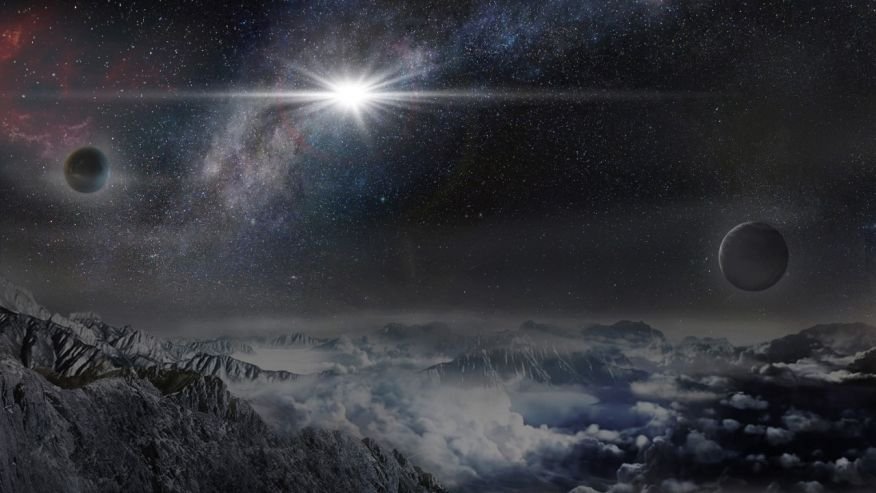
According to astronomers at the Ohio State University, we will soon see a similar star explosion.
For astronomers, it’s a solid chance to detect a supernova fast enough to witness what happens at the very beginning of a star’s demise.
They have sensitive detectors for neutrinos (particles emitted from the core of a collapsing star) and gravitational waves (created by the vibrations of the star’s core) which can find any supernova occurring in our galaxy.
See also:
Ancient Text Reveals Sighting Of SN 1006 – Brightest Supernova Ever Observed
First Supernova Observation Ever Recorded – On July 4, 1054 AD
Why Are Green Galaxies So Rare?
Earth’s Water Is Older Than The Solar System
“We see all these stars go supernova in other galaxies, and we don’t fully understand how it happens. We think we know, we say we know, but that’s not actually 100 percent true,” said Christopher Kochanek, professor of astronomy at Ohio State and the Ohio Eminent Scholar in Observational Cosmology.
“Today, technologies have advanced to the point that we can learn enormously more about supernovae if we can catch the next one in our galaxy and study it with all our available tools.”
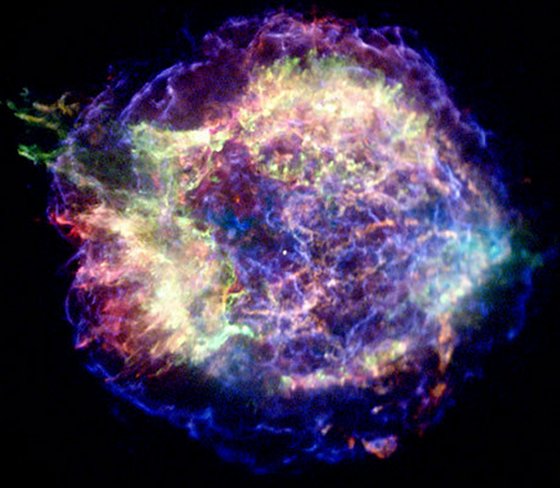
The question is whether we can actually see light from the supernova because we live in a galaxy filled with dust — soot particles that Kochanek compared to those seen in diesel truck exhaust — that absorb the light and might hide a supernova from our view.
According to doctoral student Scott Adams, soot dims the optical light from stars near the center of the galaxy by a factor of nearly a trillion by the time it gets to us. Fortunately, infrared light is not affected by this soot as much and is only dimmed by a factor of 20.
By balancing all these factors, the astronomers determined that they have nearly a 100 percent chance of catching a prized Milky Way supernova during the next 50 years.
MessageToEagle.com
Related Posts
-
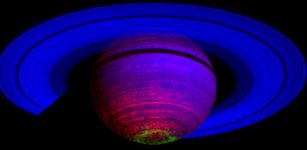 Saturn’s High-Altitude Winds Generate An Extraordinary Aurorae, Study Finds
No Comments | Feb 8, 2022
Saturn’s High-Altitude Winds Generate An Extraordinary Aurorae, Study Finds
No Comments | Feb 8, 2022 -
 10 Most Bizarre And Record Breaking Alien Worlds
No Comments | Dec 16, 2015
10 Most Bizarre And Record Breaking Alien Worlds
No Comments | Dec 16, 2015 -
 Existence Of Time – One Of The Greatest Mysteries Of The Universe
No Comments | Feb 5, 2022
Existence Of Time – One Of The Greatest Mysteries Of The Universe
No Comments | Feb 5, 2022 -
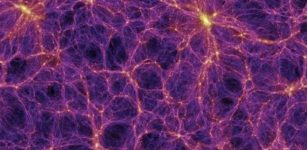 Milky Way And Its Neighboring Galaxies Reside In A Gigantic Celestial Void
No Comments | Jun 10, 2017
Milky Way And Its Neighboring Galaxies Reside In A Gigantic Celestial Void
No Comments | Jun 10, 2017 -
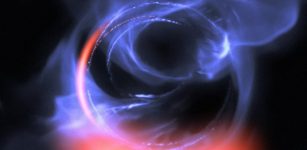 Supermassive Black Hole Resides At The Center Of Our Milky Way
No Comments | Nov 5, 2018
Supermassive Black Hole Resides At The Center Of Our Milky Way
No Comments | Nov 5, 2018 -
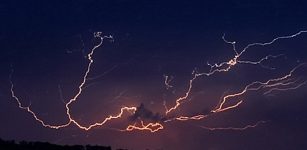 What Causes Lightning To Be Colored?
No Comments | Jan 3, 2016
What Causes Lightning To Be Colored?
No Comments | Jan 3, 2016 -
 Doomed Star Eta Carinae – May Be About To Explode But No One Knows When
No Comments | Aug 8, 2024
Doomed Star Eta Carinae – May Be About To Explode But No One Knows When
No Comments | Aug 8, 2024 -
 Acacia Tree Uses Ants As Body Guards And Rewards Them With Shelter And Food
No Comments | Nov 3, 2016
Acacia Tree Uses Ants As Body Guards And Rewards Them With Shelter And Food
No Comments | Nov 3, 2016 -
 Two “Super-Earth” Planets Orbiting A Star 100 Light-Years From Earth – Discovered
No Comments | Oct 10, 2022
Two “Super-Earth” Planets Orbiting A Star 100 Light-Years From Earth – Discovered
No Comments | Oct 10, 2022 -
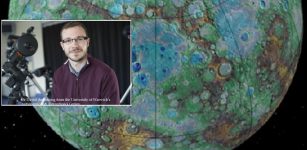 Newly Discovered Planet K2-229b Is Dense, Hot And Metallic As Mercury
No Comments | Mar 28, 2018
Newly Discovered Planet K2-229b Is Dense, Hot And Metallic As Mercury
No Comments | Mar 28, 2018

